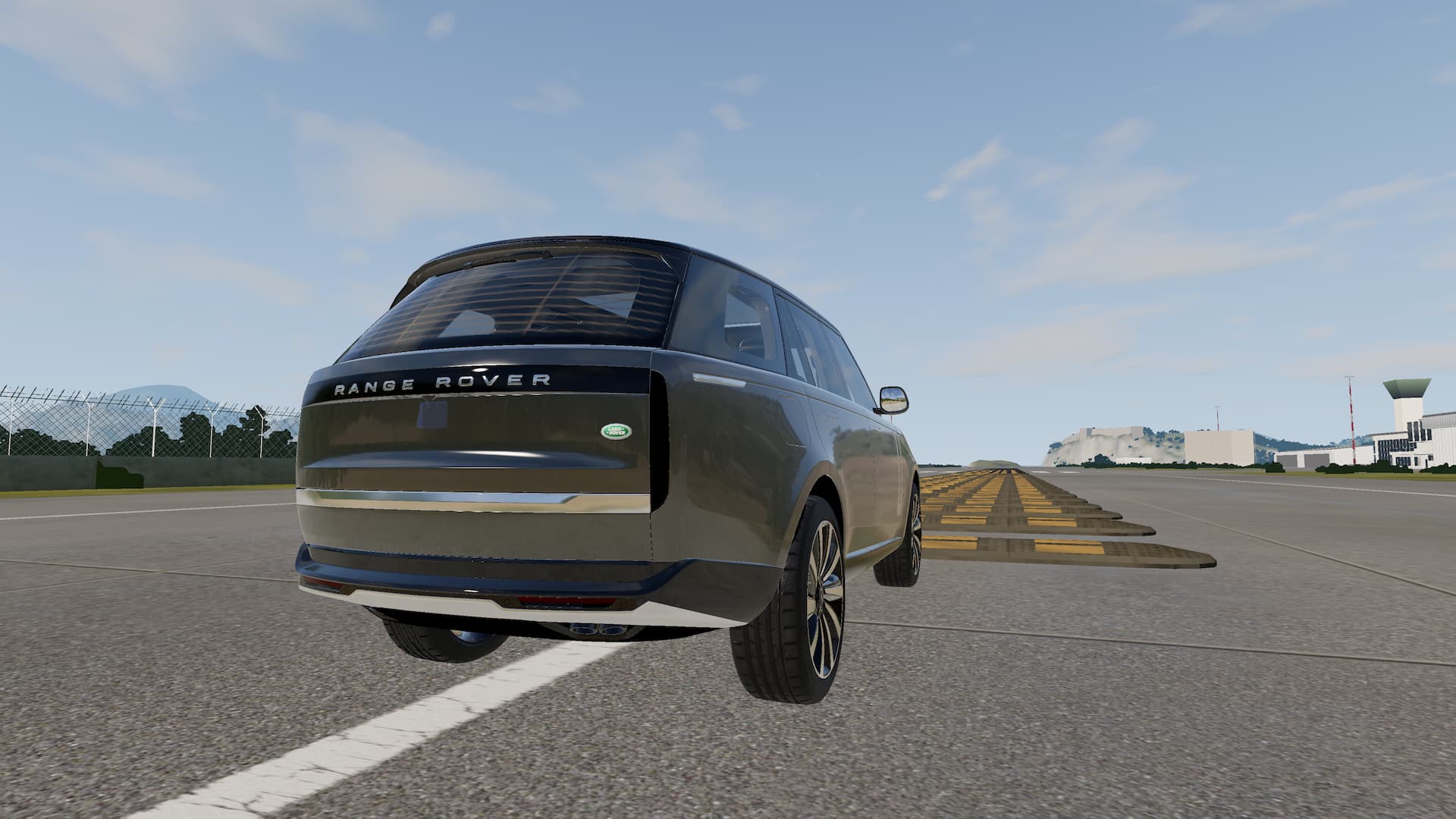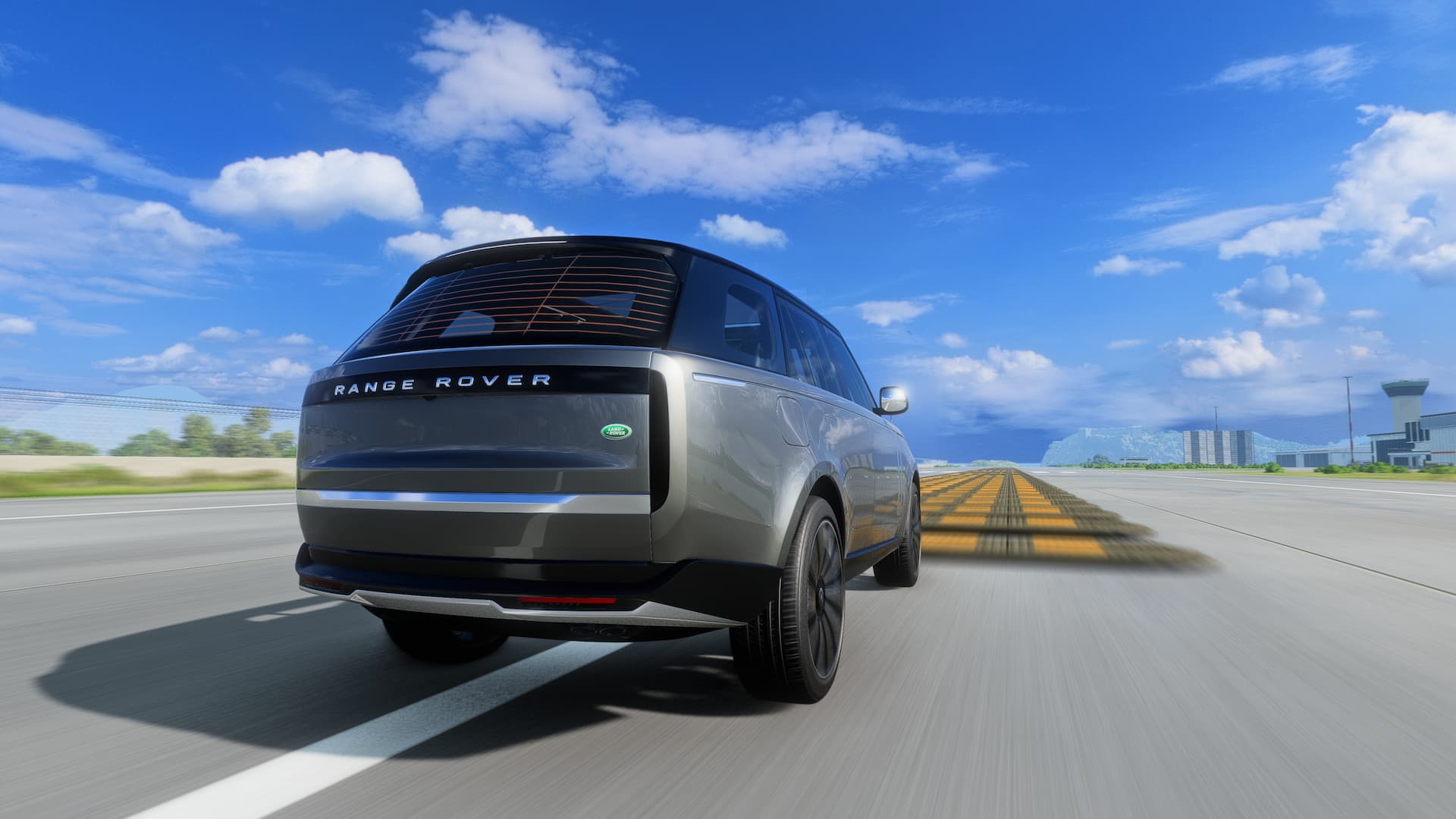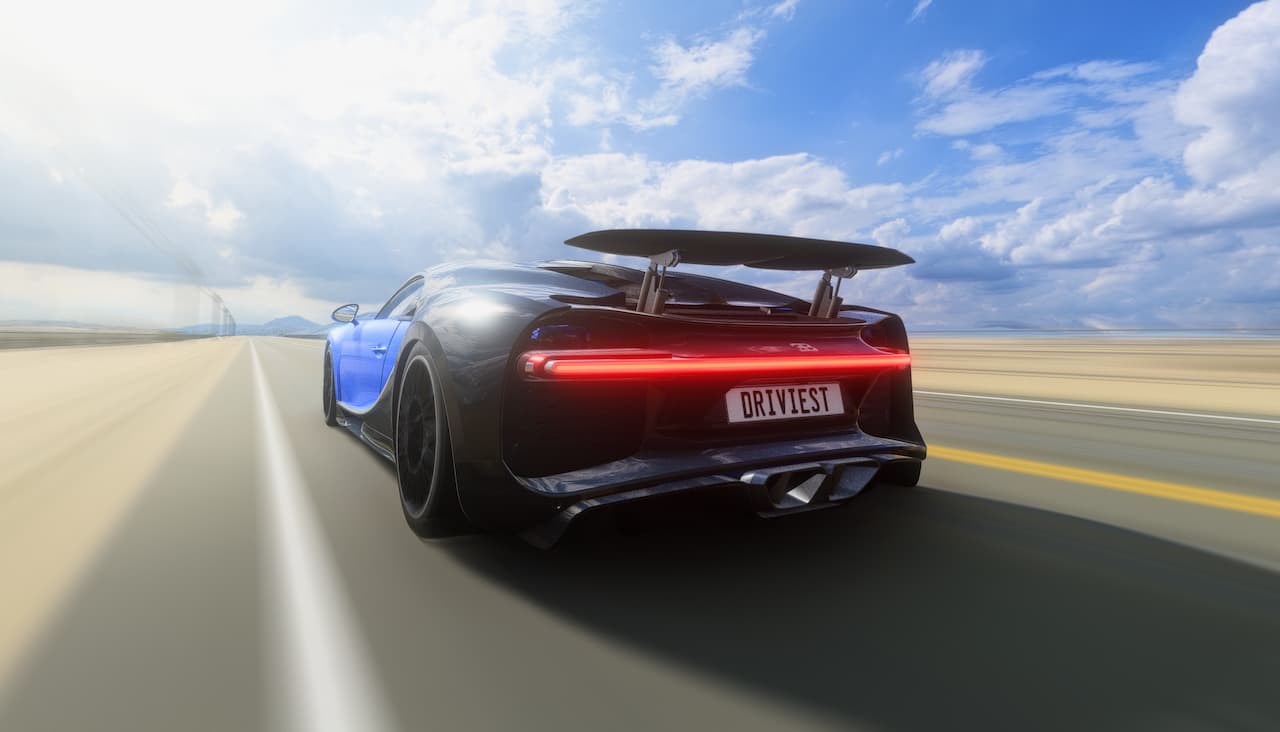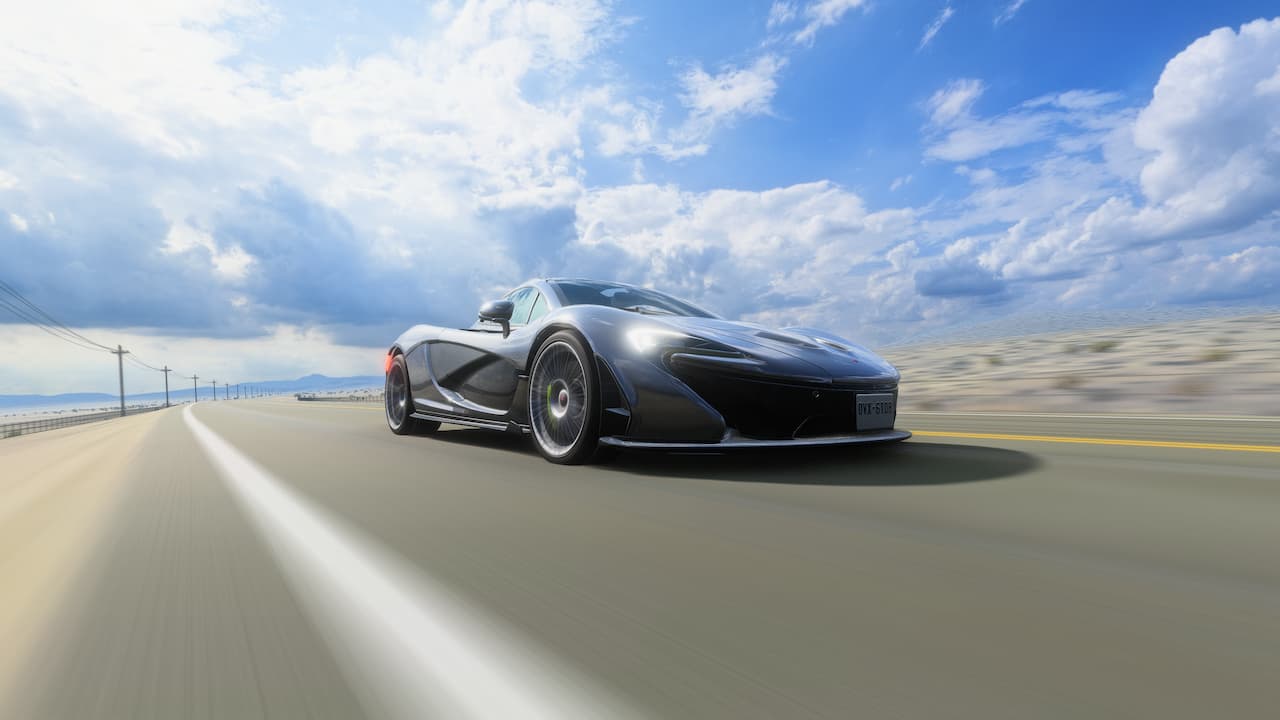Chapters
Expand CollapseBeamNG Drive doesn’t usually stand out for its graphics capability, it’s more well-known for its close-to true-to-life driving physics. But car and PC gamers all want to know: how much does the BeamNG experience change from low to max settings, especially when running at 4K? Let’s break down the real differences you’ll see and how each setting impacts performance.
Visual Differences
Switching from low to max settings in BeamNG Drive is like cleaning a dirty window. Everything snaps into focus. On low settings, the world looks flat, less detailed and textures seem washed out. Crank everything up and every detail—sunlight, reflections—jumps out at you.


Lighting, Shadows, and Texture Quality
Lighting turns “good” into “mesmerising.” At low, lighting is basic. Surfaces look dull and ambient shadows barely exist. On max, you get dynamic sunlight, detailed ambient occlusion, more realistic headlight beams, and sharp shadows—each tree, car, or pole casts a believable outline that shifts with the sun.
Texture quality is where 4K really flexes its muscles. High-resolution textures become pin-sharp, showing everything from road grit to rusty paint chips. Low settings blur these out for a vague, more cartoonish feel.
Reflections and Environmental Effects
Reflections add a layer of realism that’s hard to ignore. On max, car paint, water, and even chrome mirror surfaces reflect the world with clarity. On low, reflections often disappear or simplify to basic colour blobs.
Environmental effects, like clouds, look flat or even vanish at lower settings. Max mode with 4K brings lifelike skies, cloud layers, and convincing fog. Every drive feels alive and, honestly, sometimes distractingly beautiful if you’re a detail nut.
Reshade Enhancements: Bringing Realism to Max Mode
Reshade takes BeamNG graphics from “great” to “jaw-dropping.” With filters like BloomingHDR, Clarity, Sharp Contrast, HDR Saturation, and Magic Bloom, you unlock vibrant colours, hyper-real blooms, and insane sharpness. Why not Vulkan? Reshade works best in DirectX for video capture and stills, making every scene pop extra hard—perfect for cinematic videos or screenshots.

Performance Impact and Hardware Considerations
Running everything maxed out in 4K is a serious test for mosts PC’s. BeamNG’s engine loves to chew through system resources.
- An RTX 4090 with an Intel i7 12700K and 32GB RAM will run buttery smooth on max, but expect GPU and CPU use to spike.
- Lower cards (like RTX 3070 or below) might need tweaks to avoid stutter, especially if you add traffic or AI opponents.
- FPS can drop sharply when increasing settings like dynamic reflections, tire marks and shadows.
CPU, GPU, and RAM Requirements for Max Settings
- GPU: For native 4K, a 12GB+ VRAM card (RTX 4080, 4090) is ideal. Older cards can drop below 60 FPS at ultra and may bottleneck if VRAM caps out.
- CPU: BeamNG is CPU-heavy with lots of cars, but you need strong single-core performance for stable FPS.
- RAM: 16GB is the bare minimum for modern maps, but 32GB gives you headroom for mods and multitasking.
Balancing Fidelity and Frame Rate
Finding the sweet spot depends on hardware:
- Drop mesh quality a notch if frames fall below 60.
- Shadows and dynamic reflections have the biggest impact. Lowering these settings boosts FPS instantly.
- Adding traffic hammers the CPU, so limit cars for smooth play.
- Disable VSync for more responsive controls and higher peak FPS.
Optimising Graphics
You don’t need max-everything to impress. Here’s a quick playbook:
Essential In-Game Settings to Maximise Visual Quality
- Lighting quality: Set to Ultra for true shadows and rich colour.
- Shadow visibility: Prioritise “All” for full shadow detail—this is huge for realism.
- Anti-aliasing: Use SMAA or TAA for crisp edges in 4K.
- Anisotropic Filtering: Go x16 for maximum texture clarity at distance.
- Mesh Quality: High gives most detail without big FPS penalties, especially in cockpit view.
- Dynamic reflection: Increase the resolution, update rate and detail as high as your system can manage.
Optional (but nice): Grass, tyre marks, and texture settings—worth it if you have frames to spare.
Post-Processing and Reshade Tips for BeamNG Drive
Even if you’re not on a 4090, Reshade can transform visuals:
- BloomingHDR and Magic Bloom: Add cinematic, glowing light effects.
- Clarity and Sharp Contrast: Enhance realism by making edges and shadows pop.
- HDR Saturation: Boosts colours for a richer look.
- Use Reshade sparingly—too much can turn things cartoonish or tank FPS.
Test combos by toggling filters on/off until you get your ideal look. Keep a backup of your best settings.

Wrapping Up
Maxing out BeamNG Drive in 4K launches the game into a whole new league, offering visuals that rival big AAA racers. High settings with Reshade make each drive a visual feast, without leaving the mindless grind of button-tweaking. Performance matters, but the boost in immersion is worth the effort. Play with settings, find your own balance, and drop your favourite config in the YouTube comments—you might help the next driver find their perfect view.
FAQs
Common questions and answers for BeamNG Drive graphics settings
You’ll likely need at least an RTX 4080 or 4090, a modern i7/i9 or Ryzen 7 CPU, and 32GB RAM for smooth max settings in 4K. Mid-range hardware may need tweaks.
Yes, Reshade is safe for single-player and most video capture. Always install from the official site and double-check compatibility. It’s 100% worth it for visuals.
Lighting quality, shadow visibility, and anti-aliasing make the most noticeable difference.
4K resolves more fine texture detail and smoothes edges, making environments and cars look noticeably sharper.
Vulkan can improve CPU load balancing, but Reshade (and most video capture tools) work best with DirectX.
Yes, Reshade can lower frame rates a little, especially with heavy filters. Fine-tune settings like BloomingHDR and Magic Bloom for strong visuals with minimal impact.
Drop shadow distance, dynamic reflections, and mesh quality first. These have the biggest effect on performance.
Yes, especially at 4K. Max shadows, reflections, and traffic can lower FPS. Adjust them first if performance drops.


